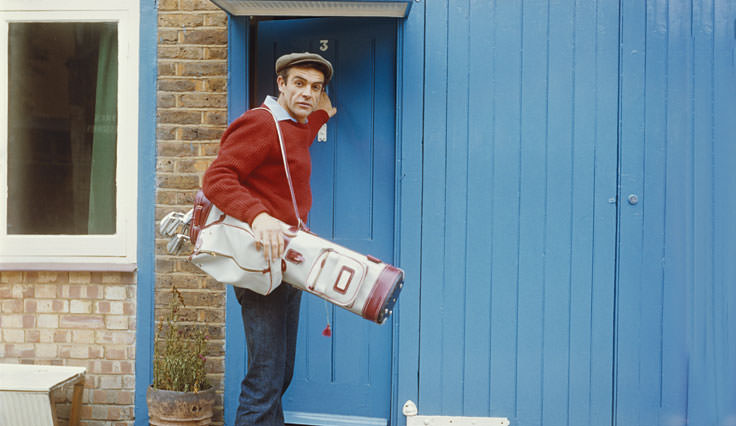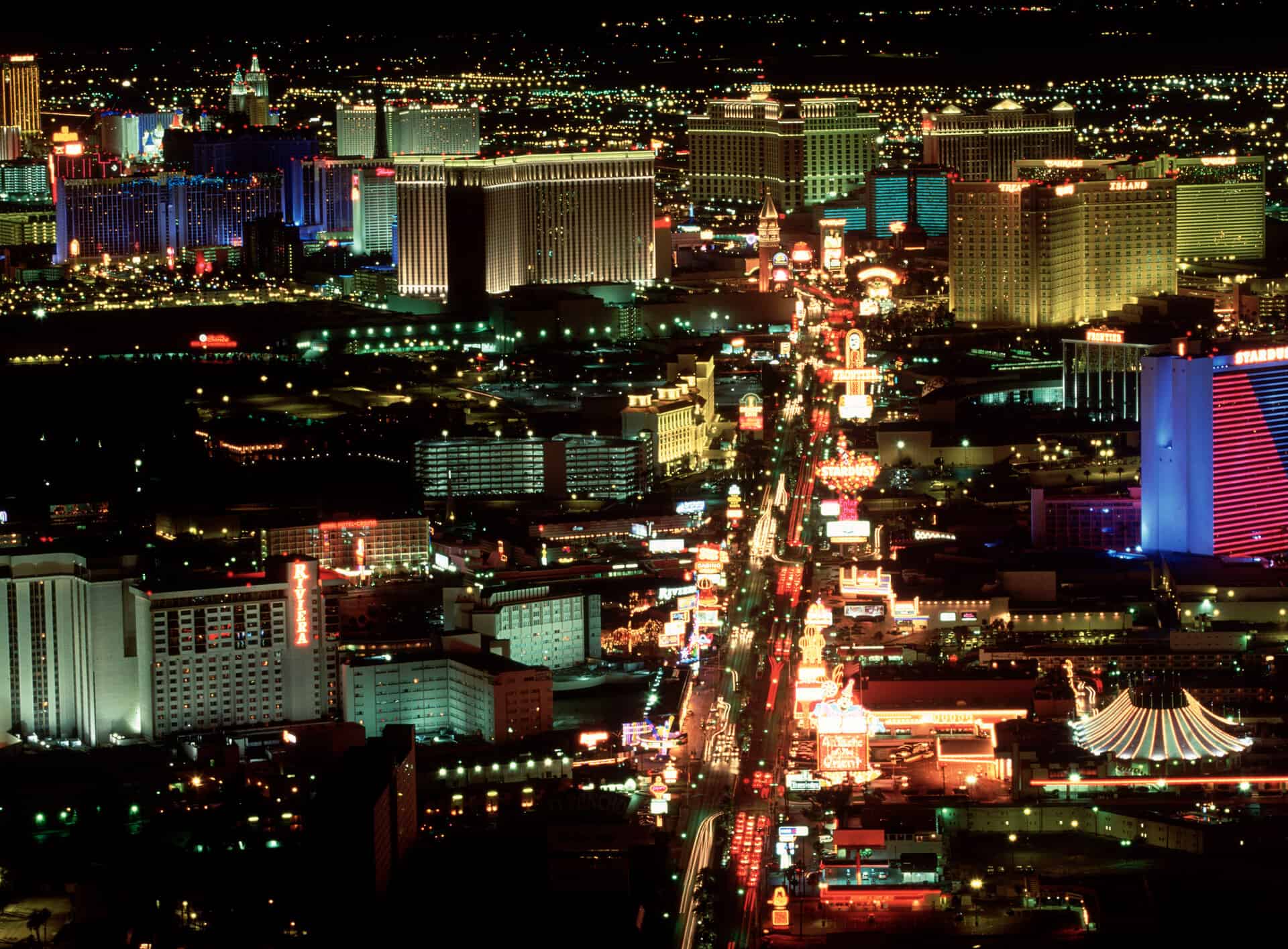
Exploring Sean Connery’s Love Affair with Golf
Arguably, no actor has ever embodied the quintessential qualities of James Bond better than Sean Connery. In fact, there appears to be a unique affinity between Connery and the character that he portrayed with such distinction, with the fates of these two individuals inextricably intertwined.
This is borne out of Connery’s renowned love affair with golf, which according to the actors memoirs only began as a result of his preparation for the iconic film Goldfinger.
In this article, we’ll review how this film triggered Connery’s love of golf, while also exploring how the Scotsman’s famous roulette run inspired a famous scene in the movie Diamonds are Forever.
Preparing for Goldfinger – How a Passion was Born
In many ways, you’d think that Connery would have been born with an innate affinity for golf. After all, Scotland is the home of links gameplay, with his rolling hills, vast greenery and range of challenging courses.
This was not the case, however, with Connery resisting the lure of Scotland’s stunning courses despite spending his childhood within a stones’ throw of Bruntsfield Links (which just so happens to be one of the oldest and most iconic golf courses in the world).
This changed with the development of the script for Goldfinger, however, which is widely recognised to be one of the best and most popular Bond films of all time.
As part of the narrative, Connery’s Bond would be required to do battle on the golf course with the legendary villain Auric Goldfinger, who was himself portrayed by the accomplished golfer and actor Gert Fröbe.
This was integral to the film’s plot, and as a result Connery was required to undertake intensive levels at a course near the Pinewood Film Studios. Here, the Scot became suddenly and completely hooked on the game, laying the foundation for a passion that has remained with Connery throughout the remainder of his life.
Connery’s perspective on golf was also formulated during this time, as he became fascinated with its insular nature and the need for players to rely solely on themselves. This requires a mindset that drives players to compete tenaciously with themselves, as they strive to improve their game and overcome the challenge posed by others.
Connery also revelled in the part of the scene where Goldfinger is revealed to be a smooth and seasoned cheat, with Bond himself responding by seamlessly switching golf balls. Neither Connery or Bond share any regrets regarding this move, with the actor claiming that “to be cheated is the just reward of the cheater”.
Not only does this suggest that you may need to keep a close eye on Connery if you’re ever doing battle with him on the links, but it also offers an insight into this deep love for the integrity of game and the way in which he perceives it.
Connery, Bond and THAT Roulette Scene
Filming Goldfinger undoubtedly had a significant impact on Connery’s life, and it’s always interesting when an actors’ off-screen experiences are influenced by the unique roles that they play.
In Connery’s case, however, Bond himself has also borrowed heavily from the Scotsman’s experiences, and few examples embody this better than the famous roulette scene in Diamonds are Forever.
In this scene, Bond does battle with yet another legendary villain (this time Ernst Stavro Blofeld). Amid significant tension, Bond goes on to win big at a high stakes roulette table, by placing straight-up wagers on the number 17.
The scene itself is superbly paced and acted, but few people know that it’s actually based on Connery’s own experiences of playing roulette. Back in 1963, the young actor frequented the Casino de la Vallee in Saint-Vincent in Italy, heading straight for the roulette table in the pursuit of big returns.
Deploying the high-risk, high-reward straight-up betting system, Connery lost his first two spins by wagering on 17. He stuck to his guns, however, with the number coming in belatedly at the third attempt.
Intuitively, the Scot decided to let the bet ride for the next two spins, watching in awe as 17 came in on both occasions. This meant Connery had landed lucky 17 on three consecutive occasions, at odds of 50,653/1 and for a total cash prize of $27,000 (or a little over £10,000 at the life exchange rate).
In today’s money, Connery would have banked an incredible £160,000, and it’s hard to imagine Bond performing any better in the heat of battle.
The Bottom Line
These stories are the stuff of legend, and the highlight the unique synergy that exists between Connery and the iconic Bond.
They also suggest why Connery remains the best and most loved Bond actor, and one who remains synonymous with the character to this day.










